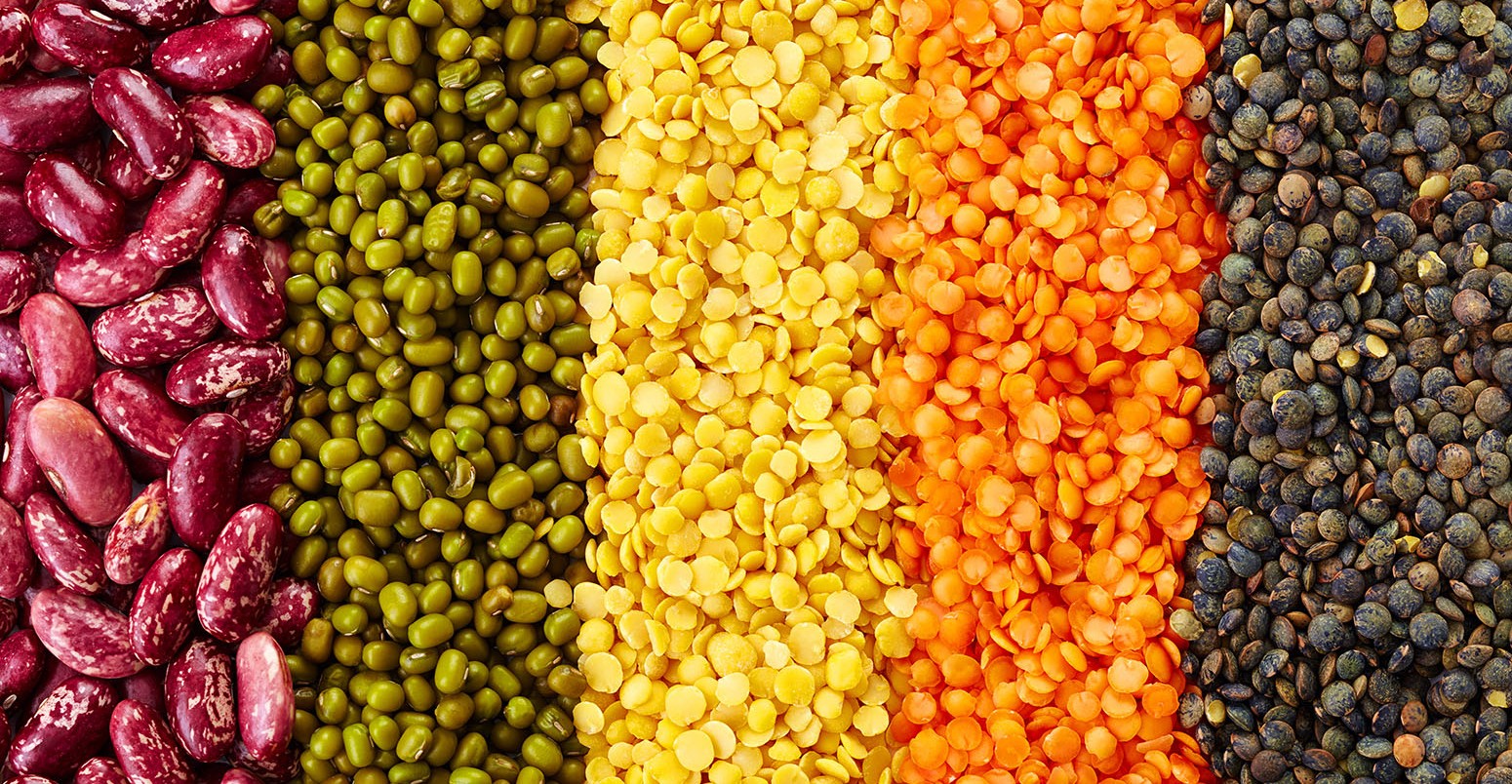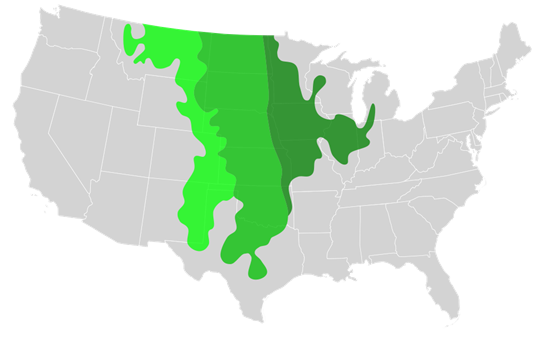
Why feeding more people doesn’t have to be at the expense of the climate
Robert McSweeney
11.18.14Robert McSweeney
18.11.2014 | 4:14pmThe world is on course to produce more wheat this year than ever before. Yet as supply rises to meet demand, so do the carbon emissions from growing and harvesting the crop.
Now a 25-year long field experiment in Canada shows that growing wheat can actually take up more carbon than it releases. Meeting demand for food doesn’t have to mean more carbon emissions, the study’s lead scientist tells us.
Wheat is in demand
Wheat is the third most-grown cereal crop in the world, after maize and rice. Demand for major cereal crops such as wheat is expected to increase by 70 percent by 2050.
In the UK, around two million hectares of land are used to grow wheat, with the harvested crop worth around £1.2 billion. But wheat accounts for 30 per cent of emissions from growing the crops we eat, estimates WWF.
Fuel burned in tractors used to farm land releases carbon dioxide, as does producing and using fertilisers. These emissions typically outweigh the amount of carbon dioxide the crops absorb as they grow.
Now a new study by Canadian researchers, published in Nature Communications, finds that with some changes to farming practices, growing wheat can actually remove more carbon dioxide from the atmosphere than it produces.
Little field on a prairie
The US and Canada are the third and fifth largest producers of wheat in the world. Between them they harvested around 90 million tons of wheat last year. Most of this is grown in the ‘wheat belt’, a vast area of the North American prairies that stretches across much of central US and Canada.

Map of the wheat belt through the US, which also extends into Canada. The green shading shows short (light green), medium (mid green) and tall (dark green) grasses that tend to grow in the prairies. Credit: Creative Commons.
Researchers conducted a field experiment in the Canadian prairies between 1985 and 2009 looking at different ways to grow spring wheat. Spring wheat is so-called because the seeds are sown in the spring, with the crop being harvested at the end of the following summer.
In Canada and the US, farmers will typically leave a field ‘fallow’, or unplanted, every second or third year to allow water and nitrogen in the soils to replenish.
But a fallow field must be ploughed regularly to prevent weeds growing, which uses fuel. More intensive farming methods, which don’t have a fallow year, often need more fertilisers and pesticides to keep crop yields high.
In the experiment, the researchers look for ways to keep wheat yields high but emissions low.
Lentils are the answer
The researchers find that by growing lentils in the seasons between wheat, more carbon dioxide is stored than emitted, effectively making wheat’s carbon footprint negative. Overall, for each hectare of wheat, over 500 kilograms of carbon dioxide is stored.
So why do lentils make such a difference? Growing lentils helps replenish nutrients in the soil, which reduces the need for fertilisers. While not leaving the field fallow reduces the need for ploughing. Also, by growing crops every year, they can absorb and store more carbon than if a field is left unplanted.
The findings show that meeting the growing demand for food doesn’t have to be at the expense of action on climate change. As Professor Yantai Gan, lead author of the study, tells us:
A large global challenge has been to meet the need of the increasing human population for food while reducing the impact of farming on the environment. This study shows that with a suite of improved farming practices in crop production, this is definitely possible and achievable.
And while the study only looks at wheat in North America, other nitrogen-loving crops, such as maize and oilseed, could also reap the benefits in the same way, Gan concludes.
Main image: Ranks of various legumes (red lentils, black lentils, yellow lentils, red beans, green mung beans).
Gan, Y. et al (2014) Improving farming practices reduces the carbon footprint of spring wheat production, Nature Communications, doi:10.1038/ncomms6012

